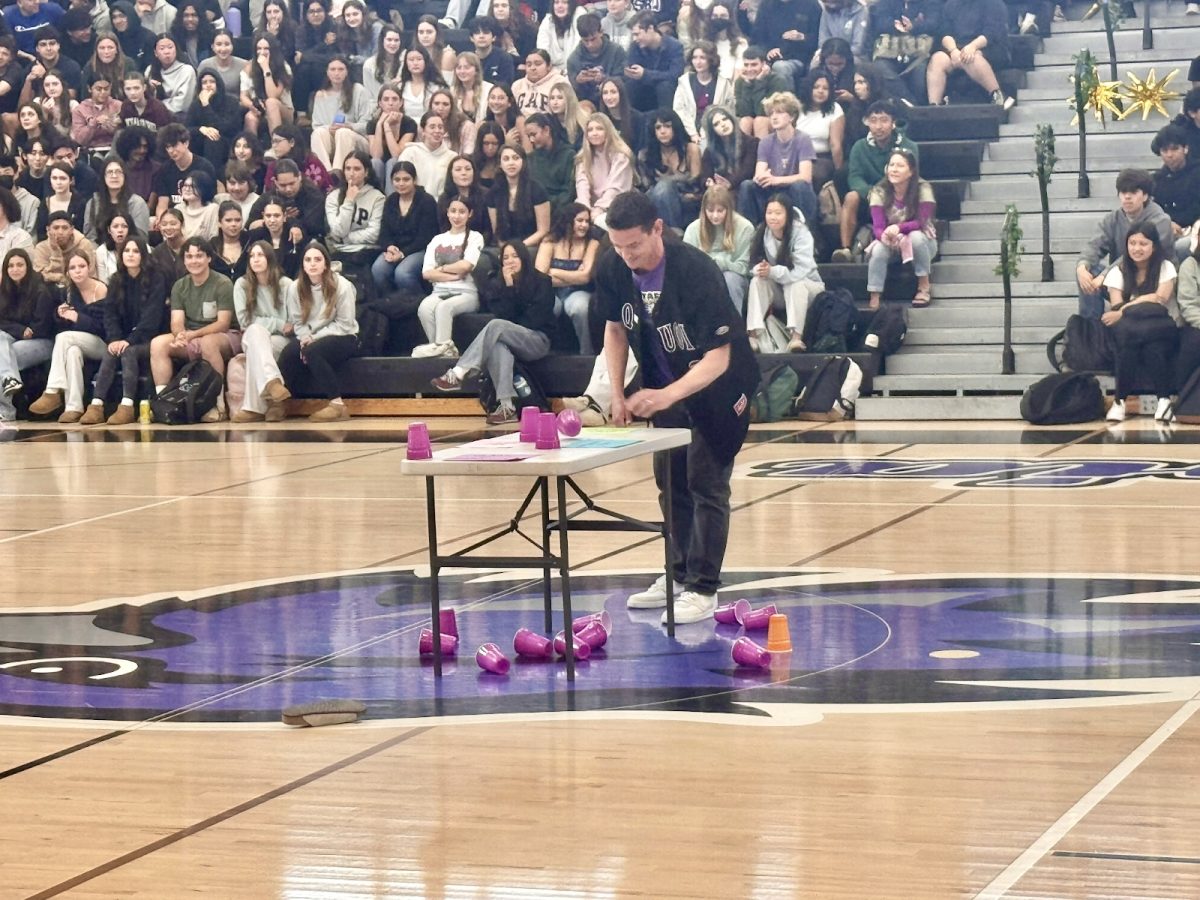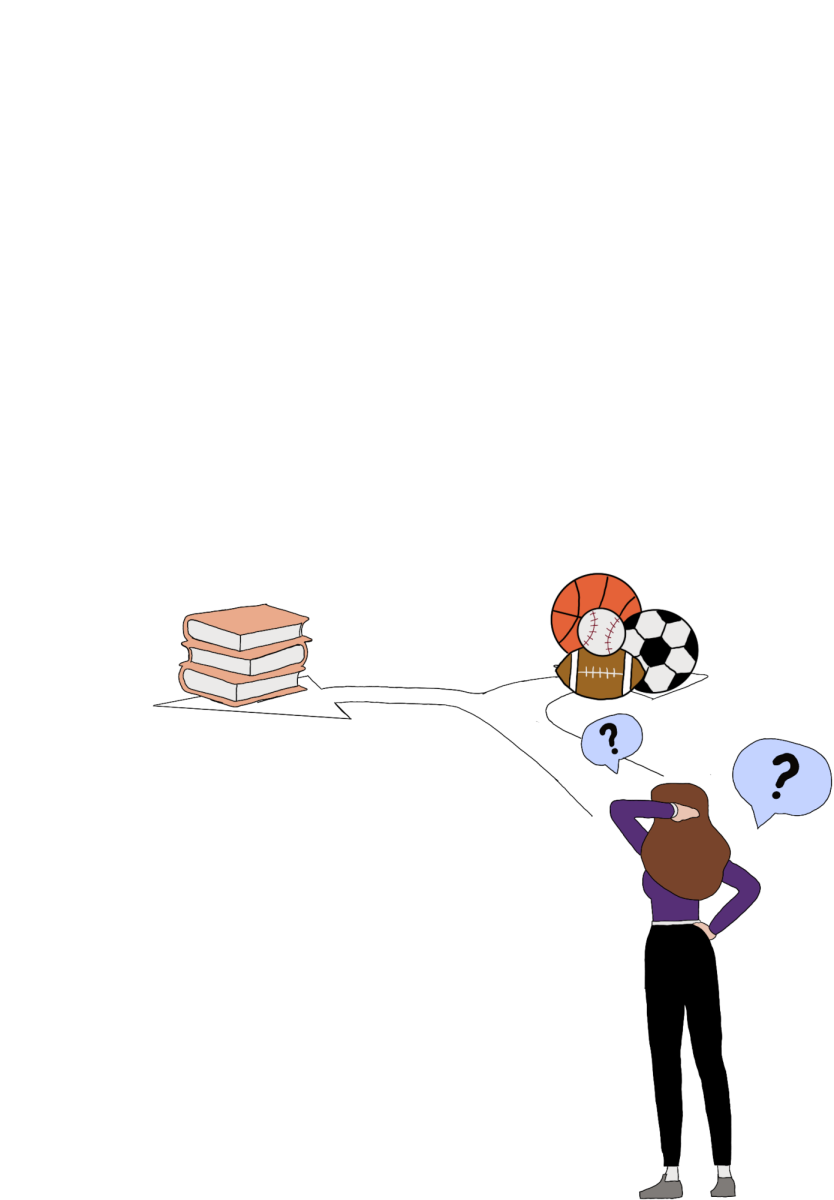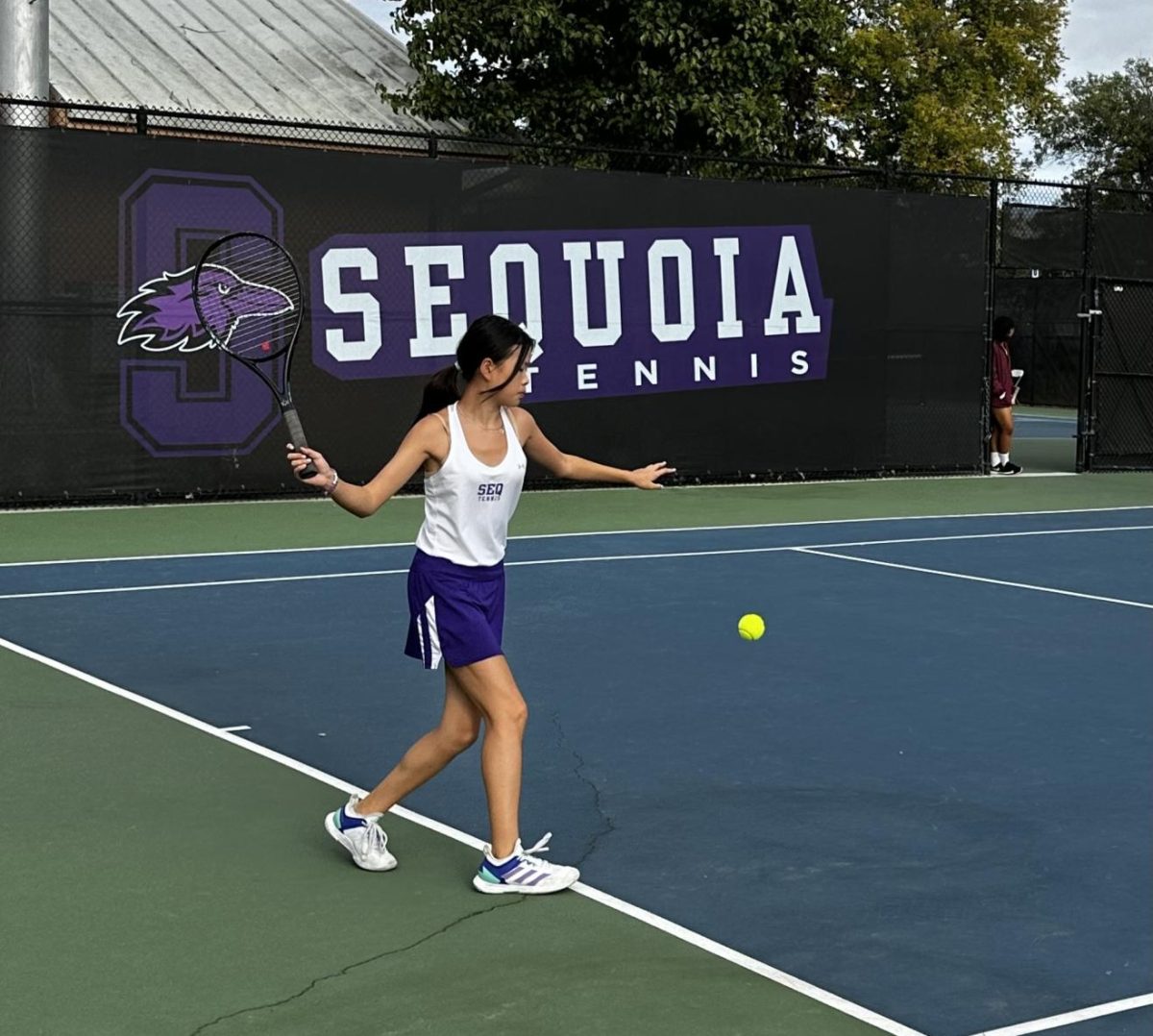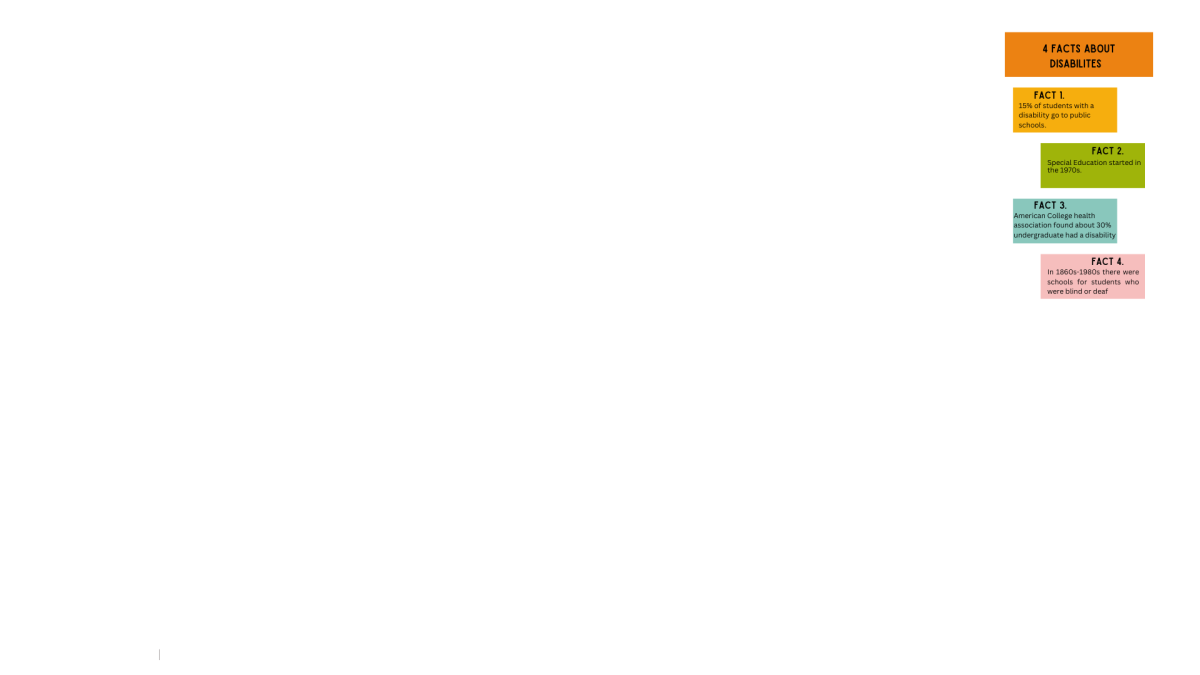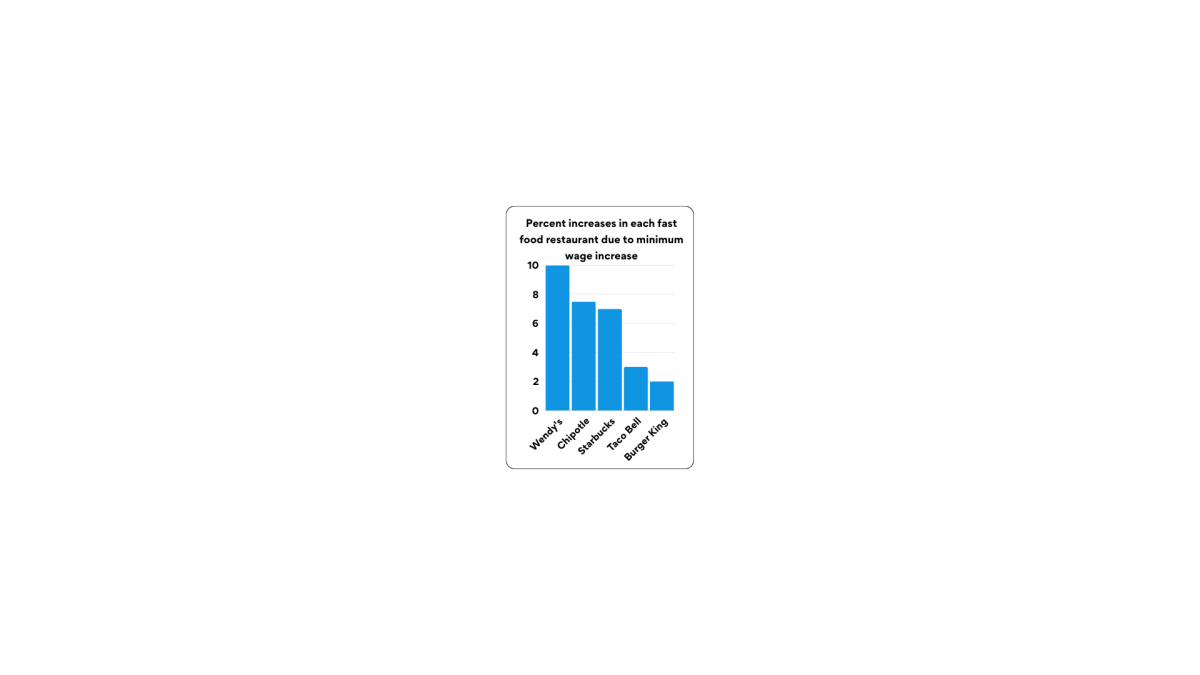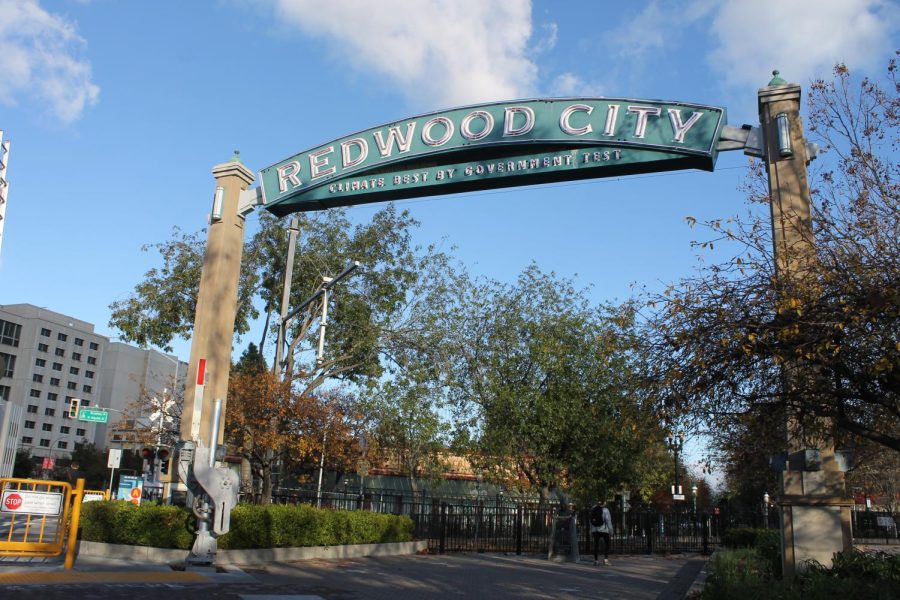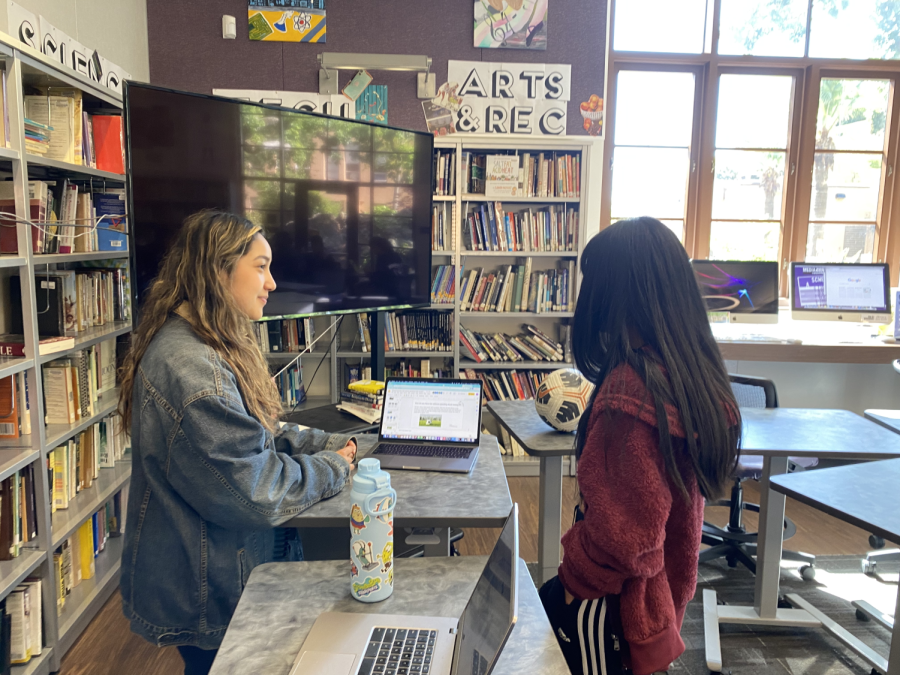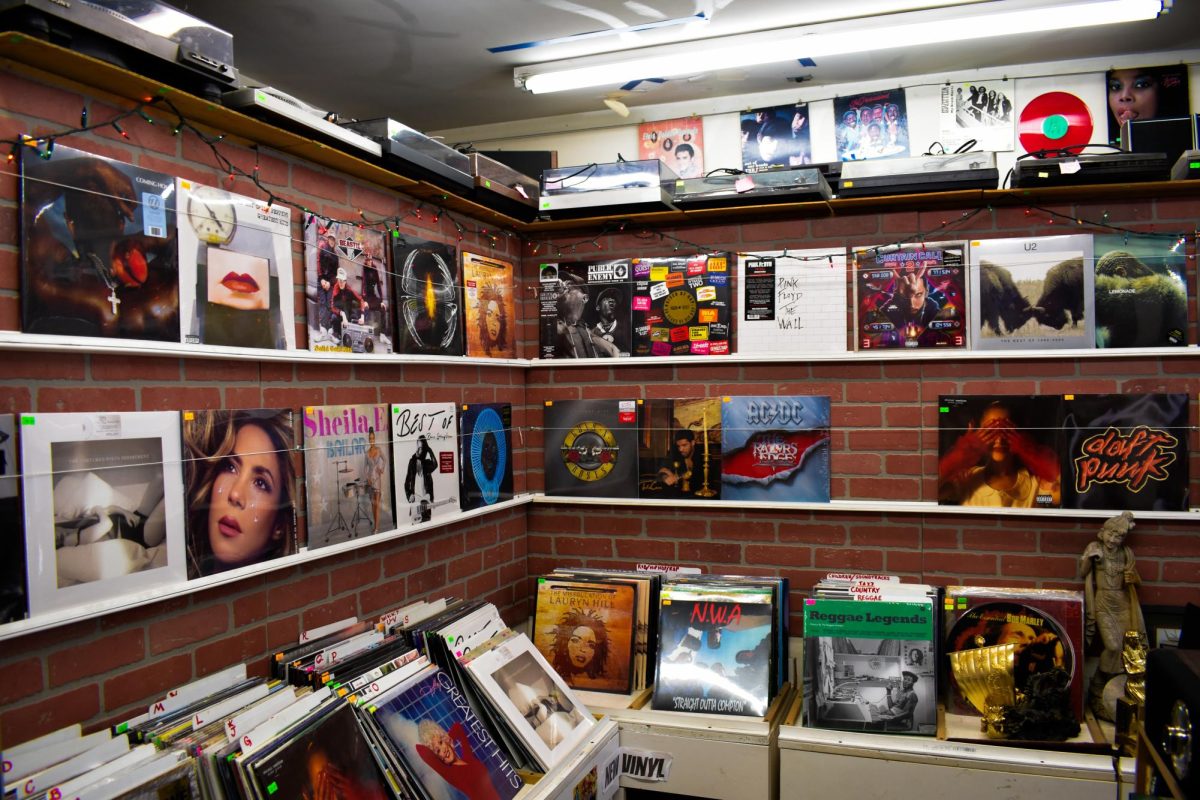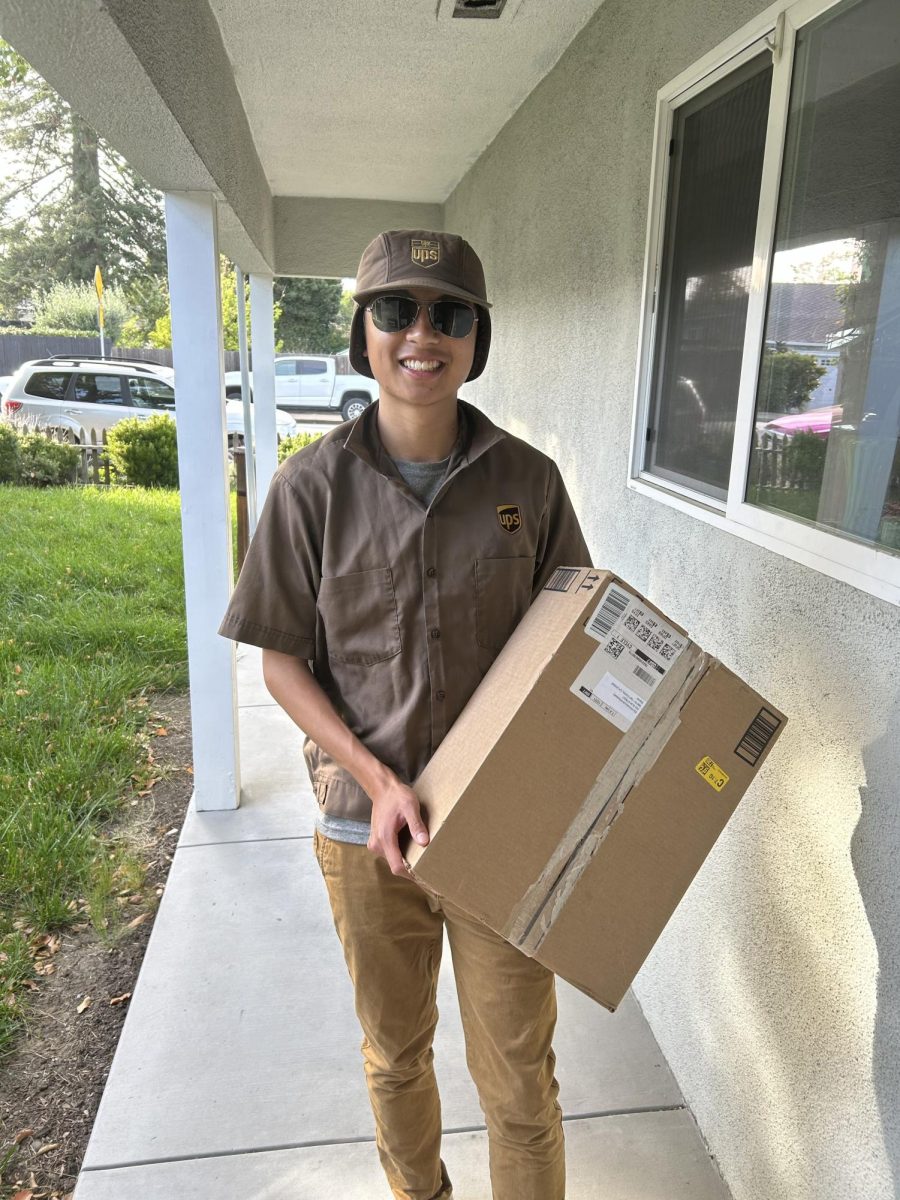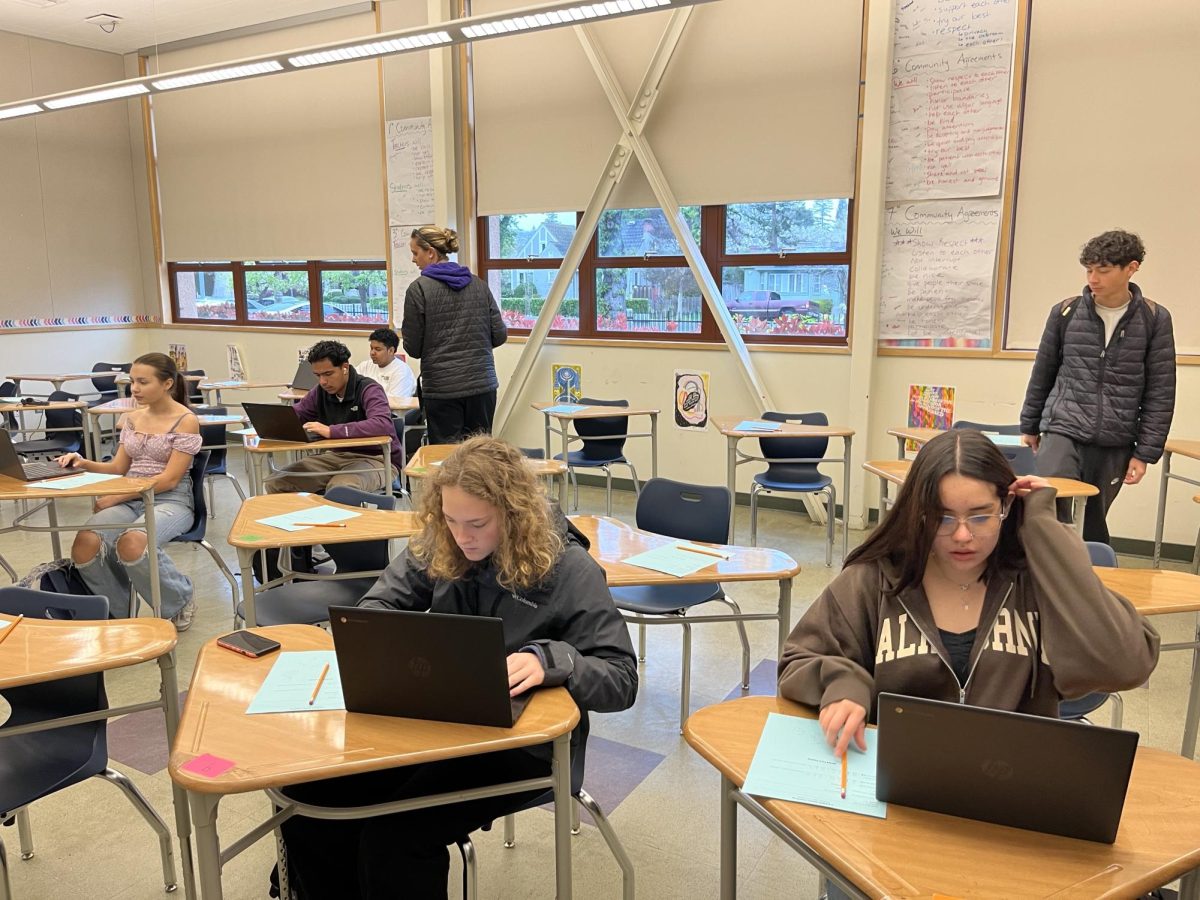Last week, juniors at Sequoia and throughout California took the annual California Assessment of Student Performance and Progress (CAASPP) standardized tests for English Language Arts (ELA)/Literacy and Mathematics. These tests—which were taken on school-issued Chromebooks—are used to assess the proficiency of students across California in their critical thinking, analytical writing and problem solving skills, ultimately providing feedback for teachers to improve instruction.
“It’s used for checking in to make sure that high school students are where they should be by the time that they graduate. It’s like a test to assess, throughout all of California, what are we doing well and what areas we need to improve on,” Kathleen Banister, a social studies teacher who proctored exams this year, said.
Last week, juniors arrived at school for testing at 8:30 a.m., where they reported to preassigned classrooms proctored by Sequoia teachers. To accommodate for CAASPP testing, last week’s bell schedule was modified for regular classes to begin after 10 a.m. so testing could occur in the morning.
“We get to sleep in, so that’s pretty nice. It’s a good break,” senior Ela Weintraub-Velasquez said.
However, the test hasn’t been as popular among junior test takers as it has been among seniors.
“You have to wake up earlier than everyone else. I think it’s something important for us to do, but I personally don’t like it,” junior Max Chu said.
Other juniors echoed similar sentiments.
“For college readiness, it’s a good way to see where you are. Just me personally, I don’t really like standardized testing. I’m not good at sitting down and taking a test. It’s just not my thing,” junior Aaron Villafuerte said.
In recent years, for both the English and math sections, juniors at Sequoia have generally performed better than the average student in California but worse than the average student in the Sequoia Union High School District (SUHSD). According to figures released from 2023 CAASP and ELPAC tests: in 2023, 65.03% of Sequoia juniors met or exceeded the standard in the ELA section, compared to 46.66% of juniors in California and 70.4% of juniors in the SUHSD. The same year, 38% of Sequoia juniors met or exceeded the standard in the math section, compared to 34.62% of juniors in California and 49.87% of juniors in the SUHSD.
Despite Sequoia’s performance, teachers agreed with students like Chu and Villafuerte, believing that inherent biases and flaws exist within standardized testing systems.
“I feel like tests limit the image of what the school is. There’s so much more that kids know and are able to do than what is on a test. I also know that historically, tests favor native English speakers. Certain cultures are represented in some of these tests and in a diverse population like in the Bay Area, accessing the test is not equal amongst all students,” Banister said

